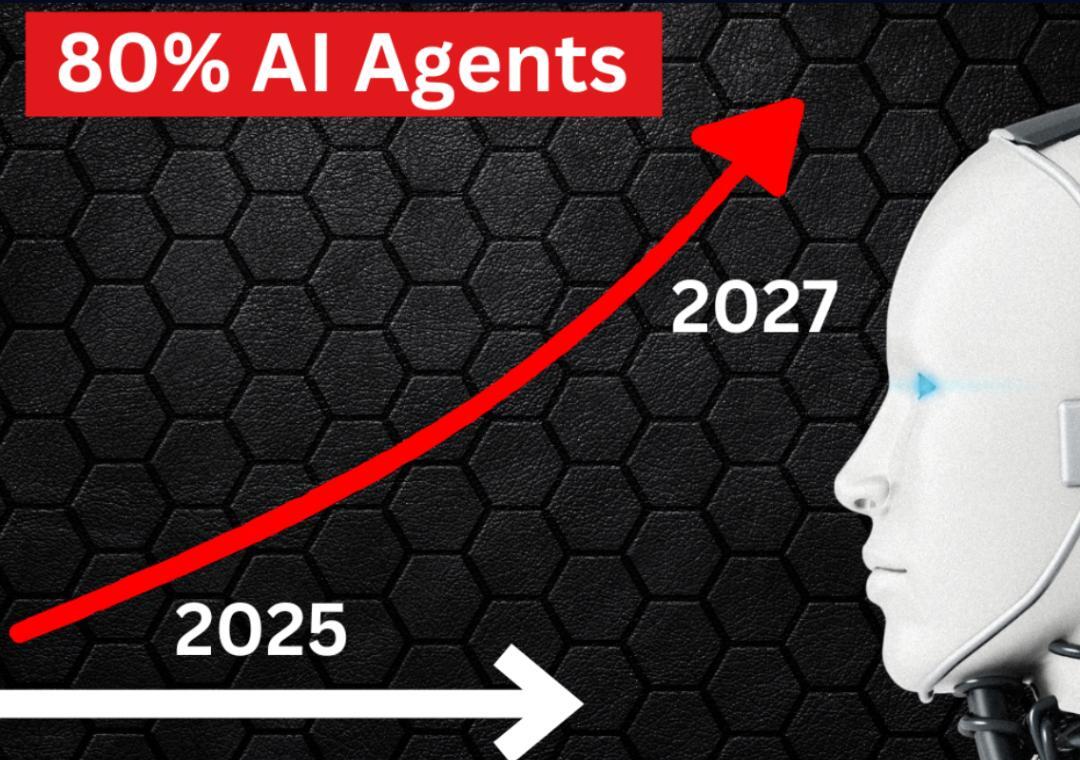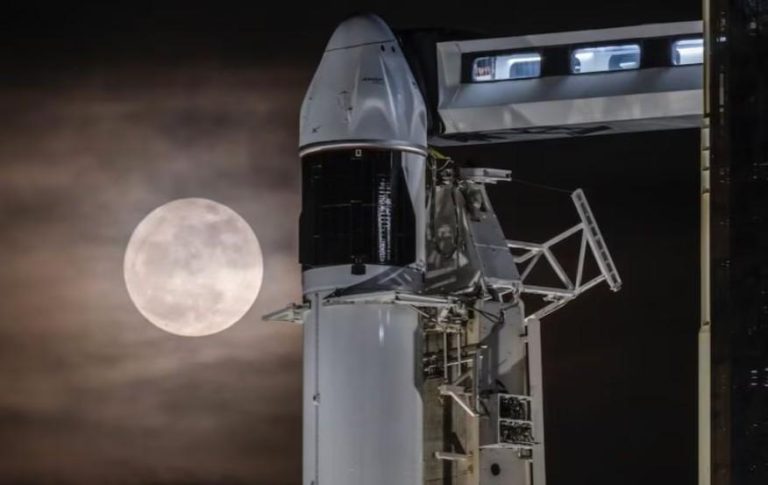
80% of Analysts’ Time Can Be Automated Now
The world of data analysis has undergone significant transformations over the past few years, with the advent of advanced technologies like artificial intelligence (AI), machine learning (ML), and automation. One of the most significant consequences of these technological advancements is the ability to automate a significant portion of analysts’ reporting tasks. In this blog post, we’ll explore how automation can take over 80% of analysts’ time, freeing them to focus on high-impact creative strategy.
GrowthJockey, a leading marketing analytics platform, has recently launched India’s first Deep Data Copilot for marketers, which automates up to 80% of analysts’ reporting tasks. This innovation has sent shockwaves throughout the industry, with analysts and marketers alike wondering how this is possible.
So, what exactly does the Deep Data Copilot do? In simple terms, it interprets metrics, flags anomalies, and suggests next steps. This means that analysts no longer have to spend hours wrangling multiple dashboards, fragmented data sources, and manual spreadsheet work. Instead, they can focus on what matters most – high-impact creative strategy.
The traditional approach to data analysis involves manual data collection, cleaning, and processing. This labor-intensive process can take up to 80% of an analyst’s time, leaving little room for strategic thinking and creative problem-solving. Moreover, manual analysis is prone to errors, which can lead to incorrect insights and poor decision-making.
The Deep Data Copilot, on the other hand, uses AI and ML algorithms to automate the entire process. It can collect data from various sources, including social media, customer relationship management (CRM) software, and marketing automation platforms. The copilot then cleans, processes, and analyzes the data in real-time, providing actionable insights and recommendations.
One of the most significant benefits of the Deep Data Copilot is its ability to flag anomalies. Traditional data analysis often relies on manual review of data, which can be time-consuming and prone to errors. The copilot, however, can identify anomalies automatically, alerting analysts to potential issues or opportunities.
Another significant advantage of the Deep Data Copilot is its ability to suggest next steps. Once the copilot has analyzed the data and identified anomalies, it suggests actionable recommendations. This means that analysts no longer have to spend hours analyzing data and trying to identify opportunities – the copilot does it for them.
The benefits of automation in data analysis are numerous. For starters, it saves time – a lot of time. Analysts can focus on high-impact creative strategy, rather than spending hours on manual data analysis. Automation also reduces errors, ensuring that insights are accurate and reliable. Additionally, automation enables analysts to work more efficiently, allowing them to respond quickly to changing market conditions and customer needs.
In conclusion, the Deep Data Copilot has revolutionized the world of data analysis by automating up to 80% of analysts’ reporting tasks. This innovation has freed analysts from the drudgery of manual data analysis, allowing them to focus on high-impact creative strategy. With its ability to interpret metrics, flag anomalies, and suggest next steps, the Deep Data Copilot is a game-changer for marketers and analysts alike.



